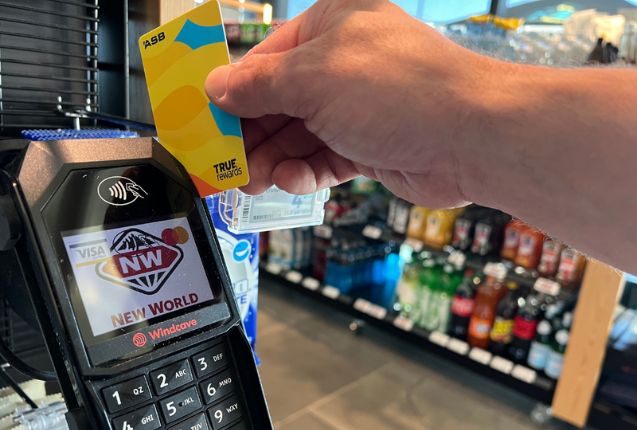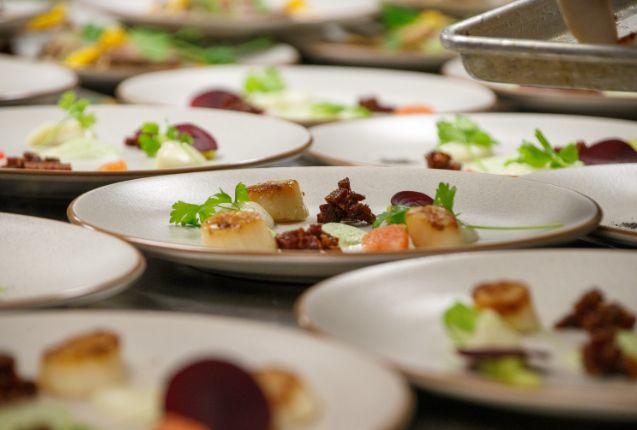As the Covid rollercoaster continues, IRI shows how the pandemic impacted grocery in recent months, and reveals how FMCG suppliers can expect success this year.
When it comes to buzzwords for 2022, ‘value’ and ‘indulgence’ hold the keys to consumers’ hearts… and if this can be found online, all the better.
This is the prediction from market insights experts IRI, who having crunched the numbers, expect solid growth in grocery.
IRI Managing Director for New Zealand, Craig Irwin, suggests macro trends such as inflation and the boom in e-commerce, combined with Omicron concerns, will “favour the grocery channel” in the first six months of this year.
“Lengthy lockdowns in the second half of 2021 along with a strong Christmas and, more recently, Omicron, have seen grocery sales rise,” he says, referencing the lift of 2.2 percent in the latest MAT compared to a year ago and 11.9 percent on 2020[1].
He believes consumer bifurcation will also continue to have a big impact moving forward. “With the ‘haves’ likely to weather inflationary impacts better than the ‘have-nots’, who will need to make significant spending and lifestyle adjustments, FMCG suppliers need to cater for value seekers, while also meeting the need for those wanting to indulge,” Irwin explains.
Cracking challenges
As evidenced everywhere from the petrol pump to mortgage rates, the cost of living has continued to rise, eroding shoppers’ purchasing power. The CPI in the December quarter rose 5.9 percent, the biggest lift since 1990, outpacing even 2008’s GFC. Manufacturing disruptions, spiralling operational costs and shipping challenges prompted food pricing to climb 4.5 percent in December, a rise tipped to continue. With wage inflation at just 2.6 percent[2], it is little surprise consumer confidence was at 98.3 at the end of 2021, well short of its 2019 average of 120[3].
However, the festive season proved a cracker trading period, with Christmas week supermarket pre-packaged grocery sales up 10 percent on 2020[4]. Dairy, frozen, beverages, grocery and general merchandise were the top five growth departments, generating an additional $61.1 million in sales. Consumers were in the mood to celebrate, with categories including confectionary, wine and beer enjoying a boost, and shoppers stocking up on pavlovas and tarts to the point fresh cakes enjoyed value growth of 5.8 percent. Gift card sales, which have been steadily climbing in recent years, boomed, and were up 21.3 percent on the year prior[5].
The spending has continued into the new year. In the four weeks to the end of January 2022, pre-packaged grocery climbed 11.8 percent, a rise undoubtedly influenced by the nationwide move to a red traffic light setting[6] where week on week sales shot up 11.2 percent.
With consumers once again working from home, being more cautious about dining out and seeking comfort and indulgence, the 2021 spending focus on snacks, frozen, beverages and bakery seems set to continue. Of the top 10 new products of 2021, six were chocolate and two were frozen ‘fakeaways’, while the number one growing category was carbonated beverages. Shoppers haven’t forgotten their fur babies either, as pet food sales were up, one of a number of non-food categories experiencing growth, including that much-loved essential, the toilet paper[8].
The appeal of e-commerce also shows no signs of abating. Online spend in November 2021 was up 40 percent on the previous year, sitting at $893 million. In the year to that point, Kiwi consumers made $6.9 billion worth of digital purchases, smashing the 2020 full year total of $6.32 billion[9]. Grocery online sales are part of this trend.
There is little doubt turbulent times will continue, but with the latest MAT report showing Kiwis have spent $16.4 billion in supermarkets, there is plenty of cause for optimism moving forward[1].
“Global supply will remain a challenge for the first half of 2022 and likely beyond. Inflation is set to continue – and therefore be a dominant influence,” says Irwin. “But despite the fact we are now lapping big 2020/21 numbers, we can be confident of stable growth at least through to the middle part of the year.”
Source:
[1] IRI MarketEdge New Zealand, Grocery, Value, MAT to 30/01/2022
[2] Stats NZ
[3] ANZ-Roy Morgan Consumer Confidence
[4] IRI MarketEdge New Zealand, Grocery, Value, Week ending 26/12/2021
[5] IRI MarketEdge New Zealand, Grocery, Value, 4 Weeks ending 26/12/2021
[6] IRI MarketEdge New Zealand, Grocery, Value, 4 Weeks ending 30/01/2022
[7] IRI MarketEdge New Zealand, Grocery, Value, Week ending 23/01/2022
[8] IRI MarketEdge New Zealand, Grocery, Value, 2021



